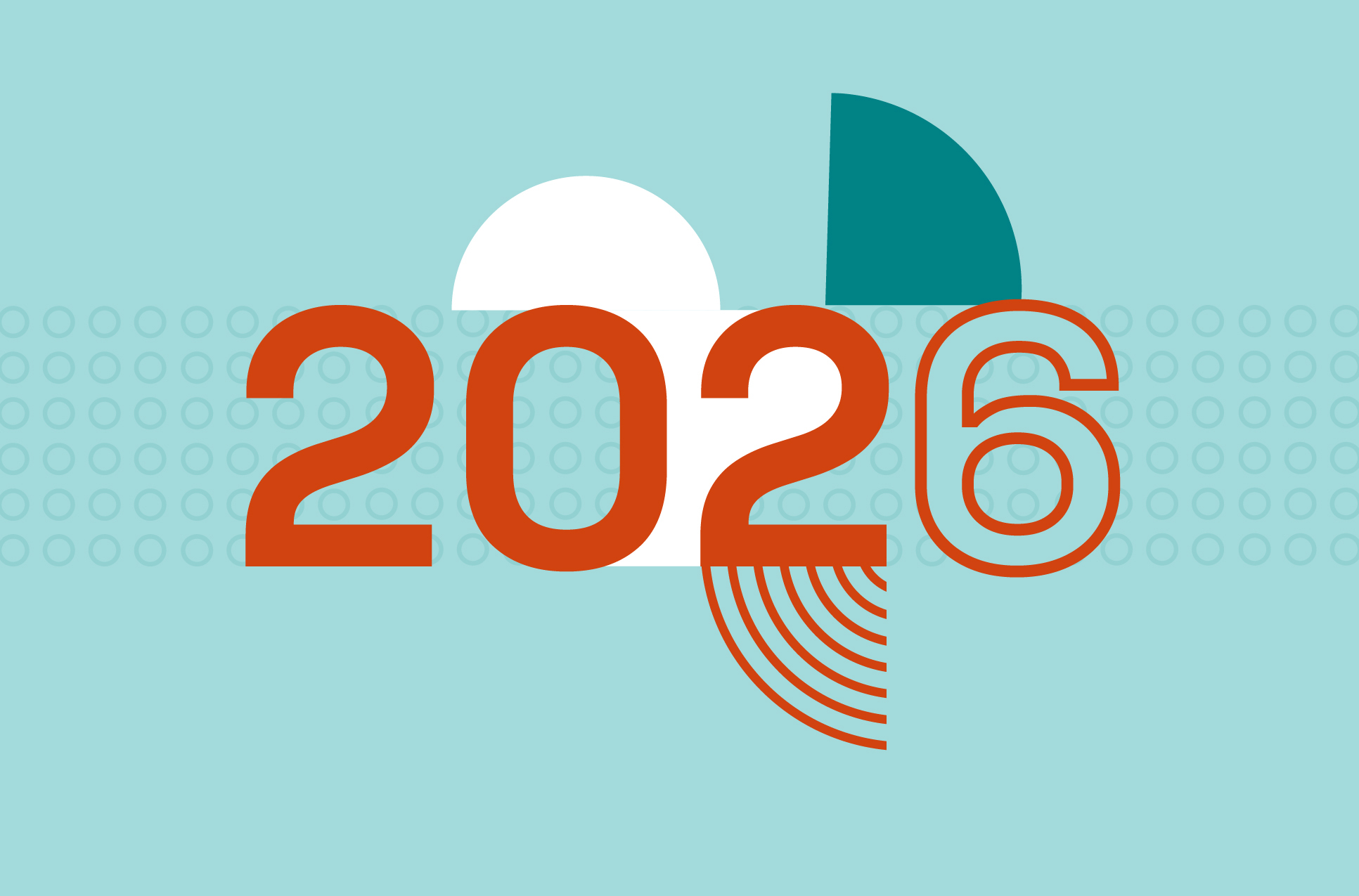Don’t let ghost networks be the skeleton in your closet.
Phantom, or “ghost” providers aren’t just a data inconvenience, they have real consequences for the people health plans serve. Members searching for care rely on accurate provider information, and when a listed provider is no longer available, it can mean delayed treatment, frustration, or gaps in care. And behind these challenges lies a pervasive issue: ghost networks.
What are ghost networks?
Ghost networks are the phantom providers listed in a health plan’s network that aren’t actually available to see patients. They appear active on paper but in reality may have changed locations, specialties, affiliations, or even left practice entirely. These “ghosts” undermine trust with members, compromise network adequacy, and expose plans to regulatory risk.
A recent NBC News investigation highlights just how real this can be for patients: people sometimes travel far only to discover the provider they booked with is no longer practicing. Imagine the frustration and the health impact this has on patients—the last thing you should ever want is for your network to ghost your members.
Why ghost networks exist
We can’t talk about ghost networks without talking about data. Because at the heart of this problem is data—or more accurately, the lack of a single source of truth. Provider data is constantly changing: locations, affiliations, and availability can shift daily. Even vendors that promise “perfect” data can’t fully capture this dynamic landscape. Without an orchestrated approach, health plans are left chasing incomplete, outdated, or conflicting information.
Health plans manage multiple data streams, each with its own strengths and limitations: free versus paid, internal versus external. GPS data may provide accurate locations, but often omit specialty or hospital affiliation. Credentialing systems capture one snapshot in time, but may miss recent employment changes. These discrepancies make provider data a living, breathing problem.
The impact on members and what health plans can do
When networks are populated with ghost providers, members suffer. Patients can’t access the care they need when they need it, leading to frustration and distrust in their plan. Meanwhile, health plans face compliance pressures, risk network adequacy, and may encounter financial penalties as a result. The bottom line is that ghost networks are more than a data issue, they are a member experience issue.
There isn’t a silver bullet solution, so instead, health plans must embrace a multi-source, orchestrated approach:
- Aggregate multiple data sources: Don’t rely on one feed—harmonize internal and external datasets
- Assume imperfections exist: Treat inaccuracies as inevitable and design workflows to manage them
- Detect and act on changes: Implement verification, attestation, and automation loops to keep provider information current
The good news is that innovation is making this easier. Automation and AI-enabled tools help plans ingest multiple data sources, assign confidence scores, and flag discrepancies for review. Platforms like Andros Arc™ provide real-time data orchestration, giving teams a harmonized system to manage provider data dynamically across the network lifecycle. The result is more reliable networks and, ultimately, better care for members.
Putting members first
Ghost networks aren’t just about data—they’re about the people who rely on that data. Each phantom provider represents a potential barrier to timely, effective care. By embracing a multi-source, orchestrated approach to data management health plans can turn ghost networks into real, verifiable access points. The result is more reliable care, reduced frustration, and greater trust.
Ghost networks are both a data and a human problem. Eliminating them requires ongoing effort, but today’s tools and practices give plans the ability to keep provider information accurate and actionable. By prioritizing member experience and adopting a coordinated, orchestrated approach, health plans can ensure their networks deliver on the promise of care.
Andros helps health plans eliminate ghost networks with our network lifecycle platform, Andros Arc. Reach out today to build a higher-performing network built for members!

